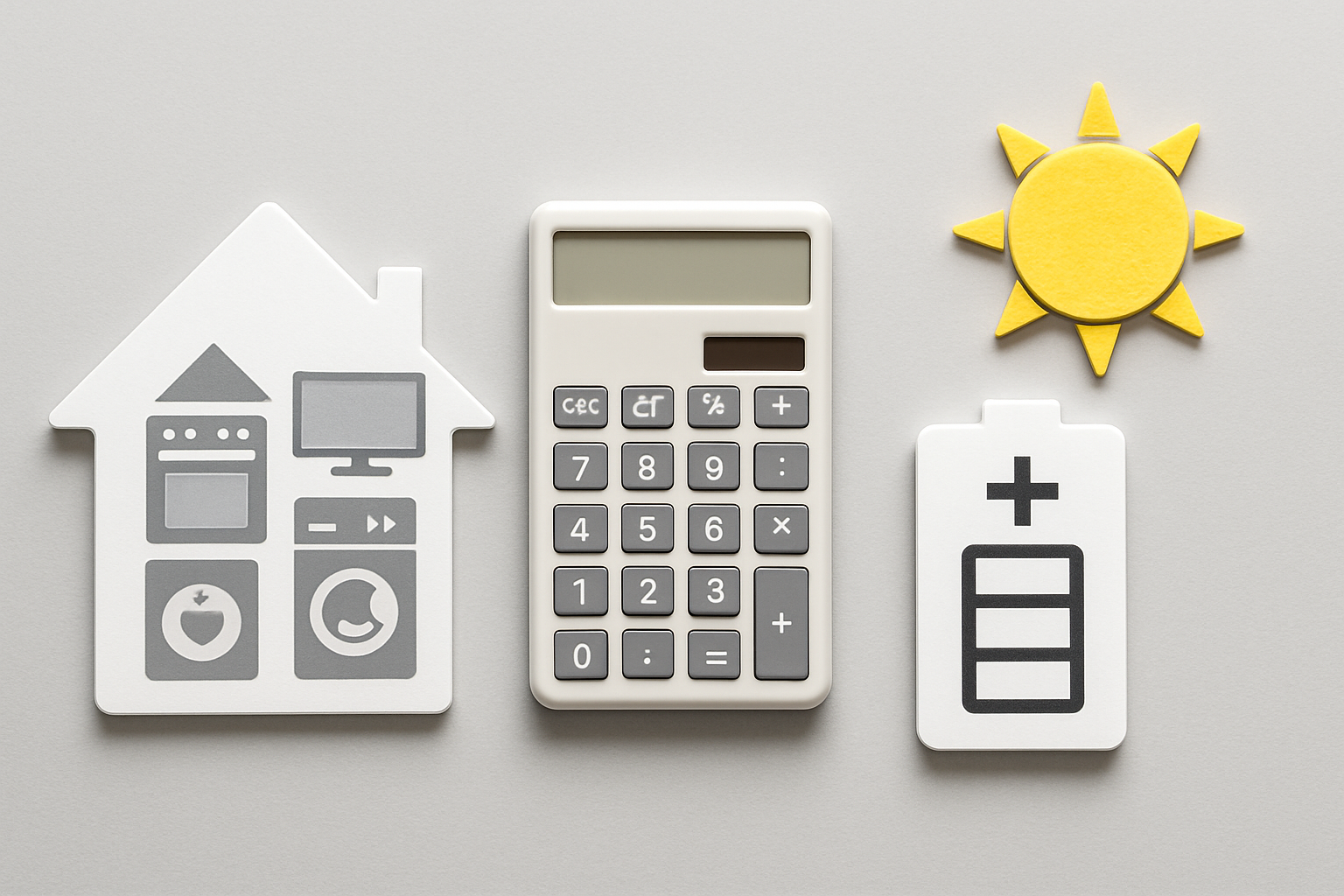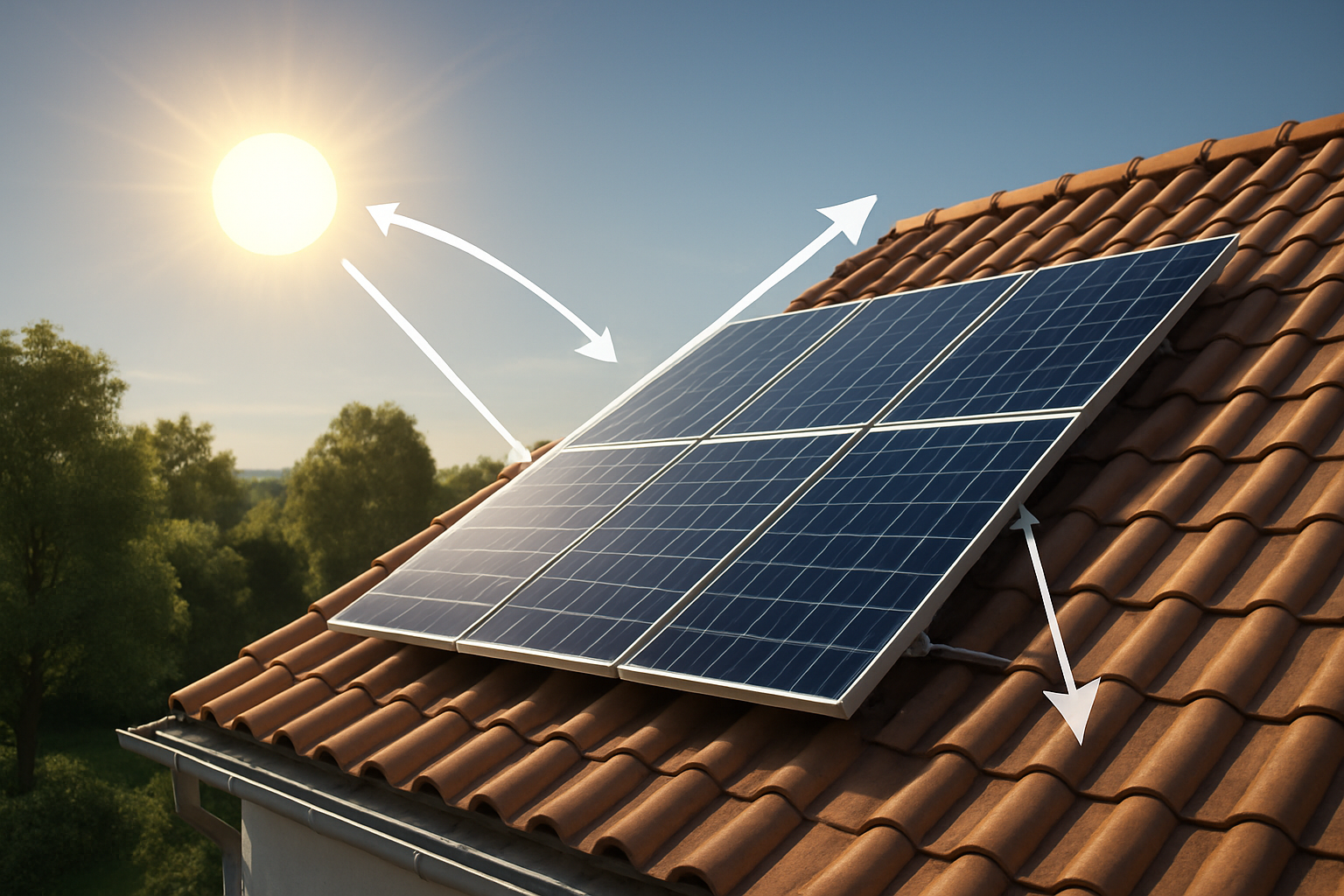Achieving energy independence with an off-grid solar system is a powerful goal. At the heart of that independence is the battery bank—your personal energy reservoir. Sizing this component correctly is the single most critical step in designing a reliable system. An undersized bank leads to frustrating power outages, while an oversized one is a significant waste of your investment. My years of experience in designing and deploying off-grid solutions have shown me that a methodical approach to sizing is non-negotiable.
This guide provides a clear, step-by-step process for calculating your off-grid power storage needs. We will move from basic principles to the technical details, ensuring you have the confidence to build a system that lasts. We will focus on modern Lithium Iron Phosphate (LiFePO4) battery technology, which has become the industry standard for its safety, longevity, and performance.
Step 1: Conduct a Thorough Load Analysis
Before you can determine the size of your energy storage, you must first understand your energy appetite. This process, known as a load analysis, involves cataloging every single electrical device you plan to use and calculating its daily energy consumption.
Listing Your Appliances and Devices
Create a comprehensive list of all appliances. Be meticulous. Include everything from the refrigerator and water pump to lights, laptops, and phone chargers. For each item, you need two pieces of information: its power consumption in watts (W) and the number of hours you expect to use it per day (h).
You can usually find the wattage on a sticker on the back or bottom of the appliance. If it only lists amps (A) and volts (V), you can calculate watts by multiplying them: Watts = Volts × Amps.
Calculating Total Daily Watt-Hours (Wh)
Once you have your list, you can calculate the daily energy consumption for each device in Watt-hours (Wh). The formula is simple: Appliance Wattage × Hours of Use Per Day = Daily Watt-hours (Wh).
Here is a sample load calculation table:
| Appliance | Quantity | Power (Watts) | Hours/Day | Total Watt-hours/Day |
|---|---|---|---|---|
| LED Lights | 5 | 10 W | 6 h | 300 Wh |
| Refrigerator | 1 | 150 W (running) | 8 h (cycle) | 1200 Wh |
| Laptop | 1 | 65 W | 4 h | 260 Wh |
| Water Pump | 1 | 250 W | 1 h | 250 Wh |
| Total | 2010 Wh |
Sum the "Total Watt-hours/Day" column to find your total daily energy requirement. In this example, it's 2010 Wh. It's also wise to consider seasonal changes; you might use more lighting in the winter and fans in the summer. According to the U.S. Energy Information Administration (EIA), heating and cooling are significant parts of residential energy use, so be sure to account for them if applicable.
Step 2: Translating Energy Needs into Battery Capacity
With your total daily energy consumption calculated, you can now determine the required size of your battery bank. This involves deciding on your system's resilience and operating voltage.
Determining Days of Autonomy
Days of autonomy refers to the number of consecutive cloudy or low-sunlight days your system can operate without needing a recharge from the solar panels. This is a critical factor for reliability. For a primary residence, 2-3 days of autonomy is a common target. For a critical application or a location with frequent inclement weather, 3-5 days might be more appropriate. For our example, we will use 3 days.
Total Energy Storage Needed: 2010 Wh/day × 3 days = 6030 Wh.
This means your battery bank must be able to store at least 6030 Wh of usable energy.
Choosing Your System Voltage (12V, 24V, or 48V)
Off-grid systems typically operate at 12, 24, or 48 volts. The choice impacts wire size, inverter options, and overall system efficiency.
- 12V: Best for very small systems like those in RVs or small cabins with minimal loads.
- 24V: A good middle ground for small to medium-sized off-grid homes.
- 48V: The standard for most modern off-grid homes and larger systems. It allows for smaller, less expensive wiring and is generally more efficient.
For a system of this size, a 48V system is the most practical choice. You can learn more in this Sizing a 12V LiFePO4 Battery Bank: The Engineer's Guide.
The Core Calculation: From Watt-Hours to Amp-Hours (Ah)
Battery capacity is most often expressed in Amp-hours (Ah). To convert your required Watt-hour capacity to Amp-hours, you divide by your system voltage.
Required Capacity (Ah): Total Wh / System Voltage = Total Ah
Using our example: 6030 Wh / 48V = 125.6 Ah.
So, we need a 48V battery bank with at least 126 Ah of *usable* capacity. This brings us to a crucial factor: battery chemistry.
Step 3: Why LiFePO4 is the Modern Standard for Off-Grid
The type of battery you choose dramatically affects the *actual* size of the bank you need to buy. While lead-acid batteries were once common, LiFePO4 (Lithium Iron Phosphate) technology offers significant advantages that make it the superior choice for modern off-grid systems.
Depth of Discharge (DoD) and Usable Capacity
Depth of Discharge (DoD) is the percentage of a battery's total capacity that has been used. This is where LiFePO4 truly outshines older technologies.
- Lead-Acid Batteries: To preserve their lifespan, it's recommended to only discharge them to 50% DoD. This means if you buy a 200Ah lead-acid battery, you only have 100Ah of usable capacity.
- LiFePO4 Batteries: These can be safely discharged to 80-100% DoD without significant harm to their lifespan. This means a 126Ah LiFePO4 battery provides nearly its full rated capacity.
Let's adjust our calculation to account for DoD. Assuming a safe 90% DoD for a LiFePO4 battery:
Final Required Capacity: 125.6 Ah / 0.90 DoD = 139.6 Ah.
You would need to purchase a 48V battery bank with a rated capacity of at least 140 Ah. To get the same usable energy from lead-acid, you would need: 125.6 Ah / 0.50 DoD = 251.2 Ah—nearly double the rated capacity!
Lifespan, Efficiency, and Safety
Beyond usable capacity, LiFePO4 batteries provide a better long-term value. They offer a much longer cycle life, often exceeding 5,000 cycles compared to just a few hundred for lead-acid. They are also far more efficient. The round-trip efficiency of LiFePO4 batteries is often above 95%, meaning less energy is wasted during charging and discharging. This is a key advantage noted by organizations like the International Renewable Energy Agency (IRENA), which highlights high efficiency as a driver for lithium-ion battery adoption.
Our high-performance LiFePO4 batteries are designed for this demanding environment, providing reliable power day after day. Their inherent thermal stability and integrated Battery Management System (BMS) offer a level of safety that is essential for a home power system. For a deeper look, explore this article on Myth vs. Reality: Sizing Lithium Iron Phosphate Batteries.
Step 4: Assembling Your System and Verifying Calculations
With your required capacity determined, the final step is to select the physical batteries and consider the system as a whole.
From Amp-Hours to Actual Batteries
You can achieve your target capacity and voltage by combining smaller batteries. For our 48V, 140Ah requirement, you could use:
- Three 48V 50Ah LiFePO4 batteries connected in parallel.
- Or, if using 12V batteries, you would need four 12V 150Ah batteries connected in series to create a single 48V 150Ah bank.
When building a bank, it's important to use identical batteries (same model, capacity, and age). The choice between a single larger battery or multiple smaller ones often comes down to cost, space, and scalability. This comparison of 100Ah vs 200Ah Lithium Battery: Which Fits Your System? can help guide that decision.
Common Sizing Mistakes to Avoid
In my experience, several common oversights can compromise an otherwise well-planned system. Be sure to avoid them.
- Ignoring Inverter Inefficiency: Your inverter consumes power just to operate and also loses some energy when converting DC to AC. It's wise to add a 10-15% buffer to your total daily load to account for this.
- Forgetting Phantom Loads: Many modern electronics draw a small amount of power even when "off." These can add up.
- Underestimating Autonomy: Skimping on days of autonomy can leave you without power when you need it most. It's better to have a little extra capacity.
- Not Planning for Growth: Your energy needs may increase. Choosing a scalable solution, like our modular home energy storage systems, allows you to expand your battery bank later.
These are just some of the issues detailed in 5 Costly Mistakes in Sizing Deep Cycle Lithium Batteries.
Your Blueprint for Energy Independence
Sizing your off-grid battery bank is a process of careful calculation and planning, not guesswork. By following these steps—conducting a detailed load analysis, determining your autonomy needs, choosing the right battery technology, and accounting for real-world factors—you build a foundation for a truly reliable and independent energy system.
The International Energy Agency (IEA) projects massive growth in solar and storage, noting that the combination is already competitive with fossil fuels in many regions. Your off-grid system is part of this global shift toward resilient, clean energy. A properly sized battery bank, particularly one built with high-performance LiFePO4 cells, is your key to unlocking that potential. It's an investment in long-term performance and peace of mind. If you want to double-check your numbers, you can use The Off-Grid Solar Battery Sizing Calculator You Need as a helpful tool.
Disclaimer: The information provided in this article is for educational purposes only. It is not intended as professional electrical or financial advice. Designing and installing an off-grid solar system involves high-voltage electricity and should be performed by qualified professionals. Always consult with a certified electrician to ensure your system design complies with local codes and safety standards.





Leave a comment
All comments are moderated before being published.
This site is protected by hCaptcha and the hCaptcha Privacy Policy and Terms of Service apply.